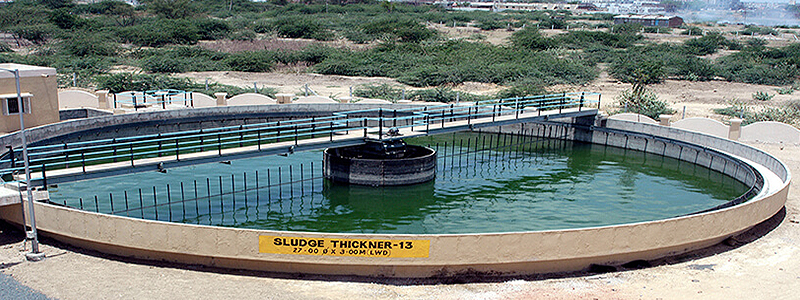Sewage Treatment Plant
Sewage is generated by residential, institutional, commercial and industrial establishments. It includes household waste liquid from toilets, baths, showers, kitchens, sinks and so forth that is disposed of via sewers. In many areas, sewage also includes liquid waste from industry and commerce. The separation and draining of household waste intogreywater and backwater is becoming more common in the developed world, with greywater being permitted to be used for watering plants or recycled for flushing toilets. Sewage may include storm water runoff. Sewerage systems capable of handling storm water are known as combined sewer systems. This design was common when urban sewerage systems were first developed, in the late 19th and early 20th centuries.[2]:119 combined sewers require much larger and more expensive treatment facilities than sanitary. Heavy volumes of storm runoff may overwhelm the sewage treatment system, causing a spill or overflow. Sanitary sewers are typically much smaller than combined sewers, and they are not designed to transport storm water. Backups of raw sewage can occur if excessive infiltration/inflow (dilution by storm water and/or groundwater) is allowed into a sanitary sewer system. Communities that have urbanized in the mid-20th century or later generally have built separate systems for sewage (sanitary sewers) and storm water, because precipitation causes widely varying flows, reducing sewage treatment plant efficiency. As rainfall travels over roofs and the ground, it may pick up various contaminants including soil particles and other sediment, heavy metals, organic compounds, animal waste, and oil and grease. (See urban runoff.)[4] Some jurisdictions require storm water to receive some level of treatment before being discharged directly into waterways. Examples of treatment processes used for storm water include retention basins, wetlands, buried vaults with various kinds of media filters, and vortex separators (to remove coarse solids).








